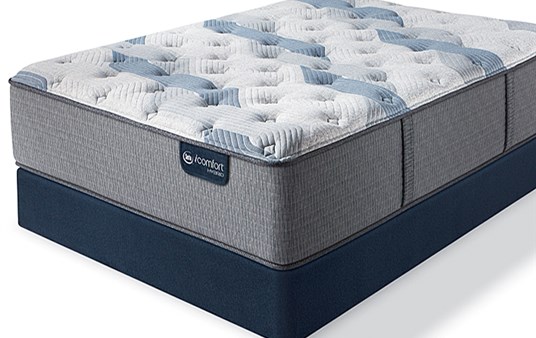Crown moulding is a type of decorative trim that is installed at the top of walls where they meet the ceiling. It is often referred to as a "crowning touch" as it adds an elegant and sophisticated touch to any room. This type of moulding has been used for centuries to add architectural interest and beauty to interior spaces. In the transition to a dining room, crown moulding can help to create a sense of grandeur and formality. It can also be used to visually separate the dining room from other areas of the house, making it feel like a separate and special space. When choosing crown moulding for your dining room, consider the style of your home and the overall aesthetic you want to achieve. There are many different types of crown moulding available, from simple and modern to ornate and traditional. Choose a style that complements your dining room and adds to its overall design. Crown Moulding: Adding Elegance and Sophistication
Baseboard moulding, also known as baseboard trim, is installed at the bottom of walls where they meet the floor. Its primary purpose is to cover the joint between the walls and the floor, but it also adds a decorative element to a room. In the transition to a dining room, baseboard moulding can help to create a finished and cohesive look. It can also serve as a visual barrier between the dining room and other areas of the house, emphasizing the separation between spaces. When choosing baseboard moulding, consider the style and height of your existing baseboards in other rooms. It's best to keep a consistent look throughout your home, so choose a style that complements your current baseboards. Baseboard Moulding: A Functional and Stylish Addition
Chair rail moulding, also known as chair railing or dado rail, is installed along the middle of a wall, typically at the height of a chair back. It was originally used to protect walls from chair backs and other furniture, but it has also become a popular decorative element. In the transition to a dining room, chair rail moulding can add a touch of elegance and formality. It can also help to visually break up a large wall and add interest and dimension to the space. When choosing chair rail moulding, consider the height and style of your dining room walls. If you have high ceilings, you may want to opt for a taller chair rail, while a lower chair rail can work well in rooms with lower ceilings. Chair Rail Moulding: Practical and Beautiful
Wainscoting is a type of wall paneling that covers the bottom portion of a wall. It was originally used as a protective layer to prevent damage from moisture or furniture, but it has also become a popular design element. In the transition to a dining room, wainscoting can add a touch of classic charm and character. It can also help to visually separate the dining room from other areas, creating a more intimate and cozy space. When choosing wainscoting, consider the style and height of your existing walls. Wainscoting can be installed at various heights, so choose one that works well with your dining room furniture and décor. Wainscoting: Classic Charm and Character
Picture rail moulding, also known as picture hanging moulding, is installed along the top of walls and is used to hang artwork. It is a practical and creative way to display art without damaging the walls with nails or hooks. In the transition to a dining room, picture rail moulding can add a unique and personal touch. It allows you to easily change and rearrange artwork without leaving behind any holes or damage. When choosing picture rail moulding, consider the style and color of your dining room walls. The moulding should complement the overall aesthetic of the room and not distract from the artwork on display. Picture Rail Moulding: A Creative Way to Display Art
Cove moulding, also known as cove trim or crown moulding, is similar to crown moulding but has a concave shape instead of a convex one. It is typically installed at the joint between the ceiling and the wall and adds a soft and subtle touch to a room. In the transition to a dining room, cove moulding can help to create a cozy and intimate atmosphere. It can also add a touch of elegance and sophistication to the space. When choosing cove moulding, consider the height and style of your existing crown moulding, as well as the overall design of your dining room. It should complement the other moulding in the room and add to the overall aesthetic. Cove Moulding: Soft and Subtle
Door casing, also known as door trim or architrave, is installed around the perimeter of a door frame to cover the gap between the wall and the door. It is a finishing touch that adds a polished and refined look to a room. In the transition to a dining room, door casing can help to visually separate the dining room from other areas of the house. It can also add to the overall design and aesthetic of the room. When choosing door casing, consider the style and color of your doors and the existing moulding in your dining room. It should complement these elements and add to the overall design. Door Casing: A Finishing Touch
Window trim, also known as window casing or architrave, is installed around the perimeter of a window frame. It is used to cover the gap between the window and the wall and adds detail and interest to a room. In the transition to a dining room, window trim can help to frame and highlight the windows, adding to the overall design and aesthetic. It can also help to visually separate the dining room from other areas. When choosing window trim, consider the style and color of your windows and the existing moulding in your dining room. It should complement these elements and add to the overall look of the room. Window Trim: Adding Detail and Interest
Architrave, also known as trim or moulding, is a decorative element that is installed around the perimeter of a door or window frame. It adds a finishing touch to a room and can also help to visually separate different areas of the house. In the transition to a dining room, architrave can add a touch of elegance and sophistication. It can also help to create a more formal and defined space. When choosing architrave, consider the style and color of your doors and windows, as well as the existing moulding in your dining room. It should complement these elements and add to the overall design of the room. Architrave: A Finishing Touch
A transition strip is a small piece of moulding that is used to connect two different types of flooring. It is typically installed where the flooring changes from one room to another, creating a seamless transition between spaces. In the transition to a dining room, a transition strip can help to connect the dining room to other areas of the house, creating a cohesive and unified look. It can also help to visually separate the dining room from other spaces. When choosing a transition strip, consider the style and color of your existing flooring and the overall design of your dining room. It should complement these elements and create a smooth transition between spaces. Transition Strip: Seamlessly Connecting Spaces
Moulding Transition to Dining Room

Creating a Seamless Flow in Your Home Design
 When it comes to designing your dream home, every detail matters. From the color of the walls to the type of flooring, every decision plays a role in creating a cohesive and inviting space. One element that often gets overlooked is the transition between rooms, especially when it comes to the dining room. However, with the right
moulding
choices, you can create a seamless flow between your dining room and the rest of your home.
When it comes to designing your dream home, every detail matters. From the color of the walls to the type of flooring, every decision plays a role in creating a cohesive and inviting space. One element that often gets overlooked is the transition between rooms, especially when it comes to the dining room. However, with the right
moulding
choices, you can create a seamless flow between your dining room and the rest of your home.
The Importance of Moulding
 Moulding, also known as trim, is an essential part of any home design. Not only does it add a decorative touch, but it also serves a functional purpose. Moulding helps to cover gaps between walls and floors, adds definition to a room, and can even hide imperfections. Additionally, the type of moulding you choose can greatly impact the overall style and feel of your home.
Moulding, also known as trim, is an essential part of any home design. Not only does it add a decorative touch, but it also serves a functional purpose. Moulding helps to cover gaps between walls and floors, adds definition to a room, and can even hide imperfections. Additionally, the type of moulding you choose can greatly impact the overall style and feel of your home.
Choosing the Right Moulding for Your Dining Room
 When it comes to
transitioning
from one room to another, the key is to create a smooth and continuous flow. This can be achieved by choosing the right moulding for your dining room. If you have an open floor plan, consider using the same type of moulding throughout the space to create a cohesive look. For a more traditional or formal aesthetic, opt for crown moulding, which adds elegance and sophistication to any room.
If you want to add a touch of drama to your dining room, consider using
wainscoting
as a transition element. This type of moulding is installed on the lower half of the walls and can be painted or stained to match the rest of the trim in your home. It not only adds visual interest but also helps to break up large, open spaces.
When it comes to
transitioning
from one room to another, the key is to create a smooth and continuous flow. This can be achieved by choosing the right moulding for your dining room. If you have an open floor plan, consider using the same type of moulding throughout the space to create a cohesive look. For a more traditional or formal aesthetic, opt for crown moulding, which adds elegance and sophistication to any room.
If you want to add a touch of drama to your dining room, consider using
wainscoting
as a transition element. This type of moulding is installed on the lower half of the walls and can be painted or stained to match the rest of the trim in your home. It not only adds visual interest but also helps to break up large, open spaces.
Coordinating with Other Design Elements
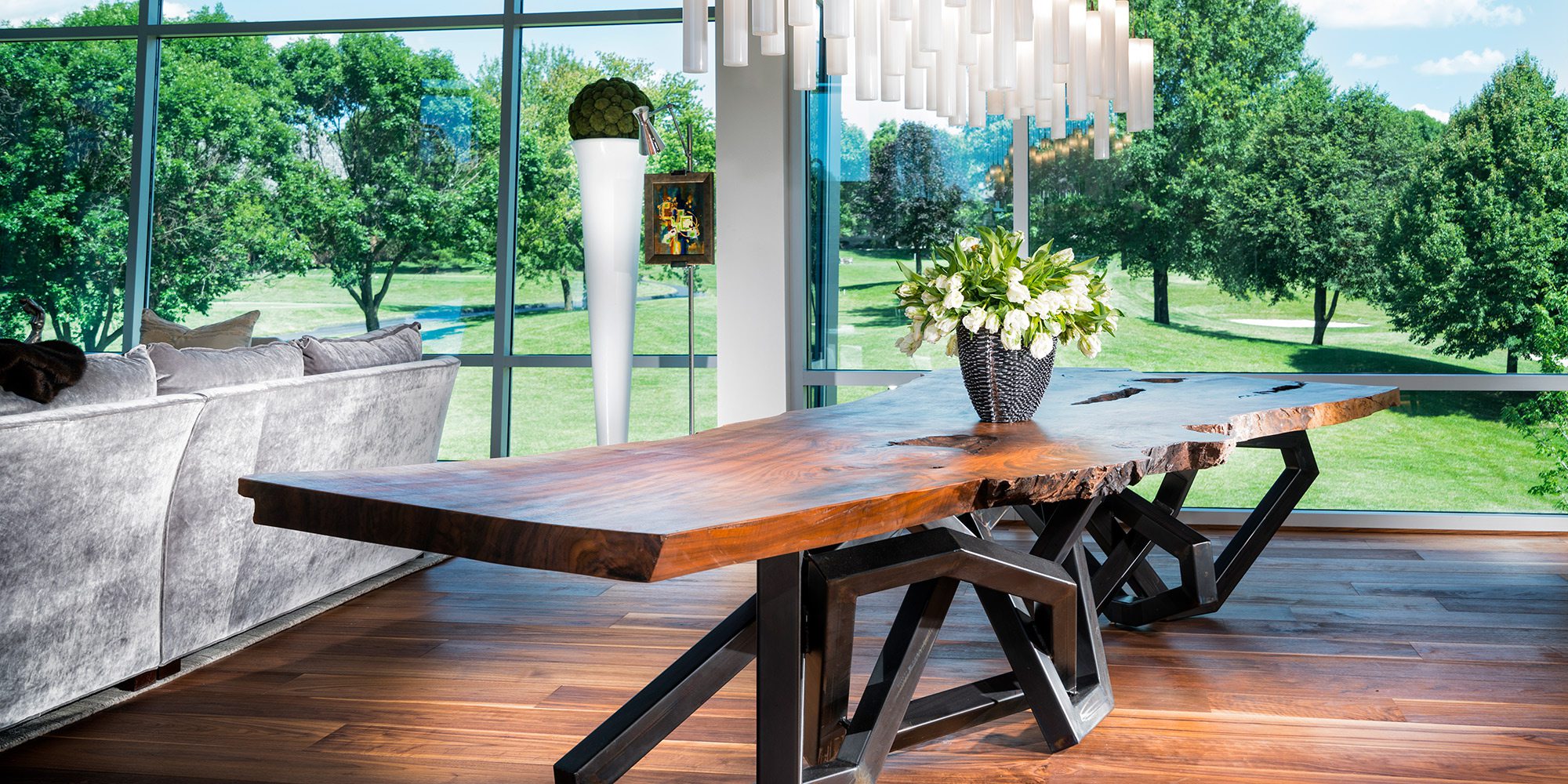 When choosing moulding for your dining room, it's important to consider how it will coordinate with other design elements in the space. For example, if your dining room has a lot of natural wood elements, you may want to choose a wood moulding in a similar tone. If you have a more modern or minimalist aesthetic, opt for simple and sleek moulding in a neutral color.
When choosing moulding for your dining room, it's important to consider how it will coordinate with other design elements in the space. For example, if your dining room has a lot of natural wood elements, you may want to choose a wood moulding in a similar tone. If you have a more modern or minimalist aesthetic, opt for simple and sleek moulding in a neutral color.
Final Thoughts
 Incorporating moulding into your dining room transition not only adds a decorative touch but also helps to create a harmonious flow throughout your home. By choosing the right type of moulding and coordinating it with your overall design aesthetic, you can create a welcoming and cohesive space that you and your guests will love. So when planning your home design, don't forget to pay attention to the
moulding transition to your dining room
.
Incorporating moulding into your dining room transition not only adds a decorative touch but also helps to create a harmonious flow throughout your home. By choosing the right type of moulding and coordinating it with your overall design aesthetic, you can create a welcoming and cohesive space that you and your guests will love. So when planning your home design, don't forget to pay attention to the
moulding transition to your dining room
.

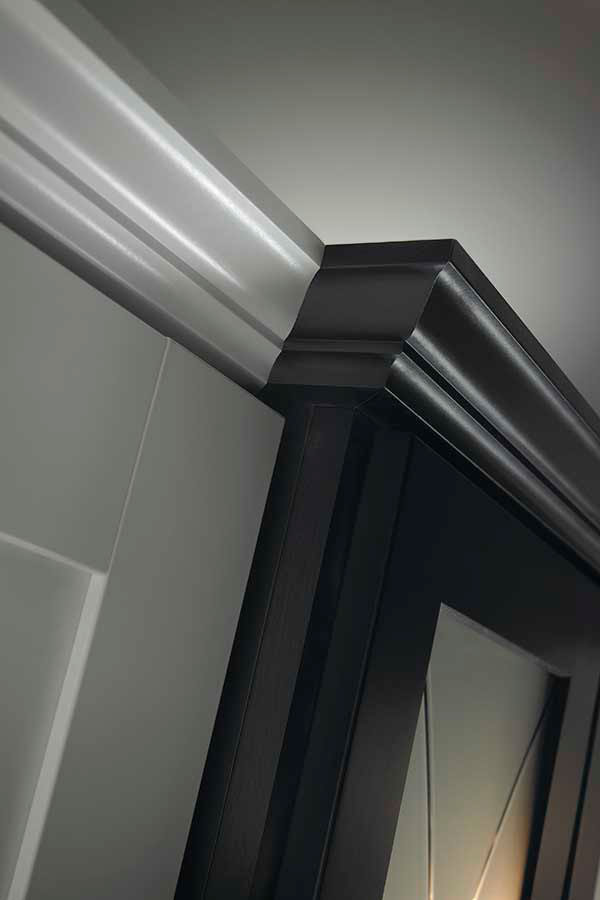

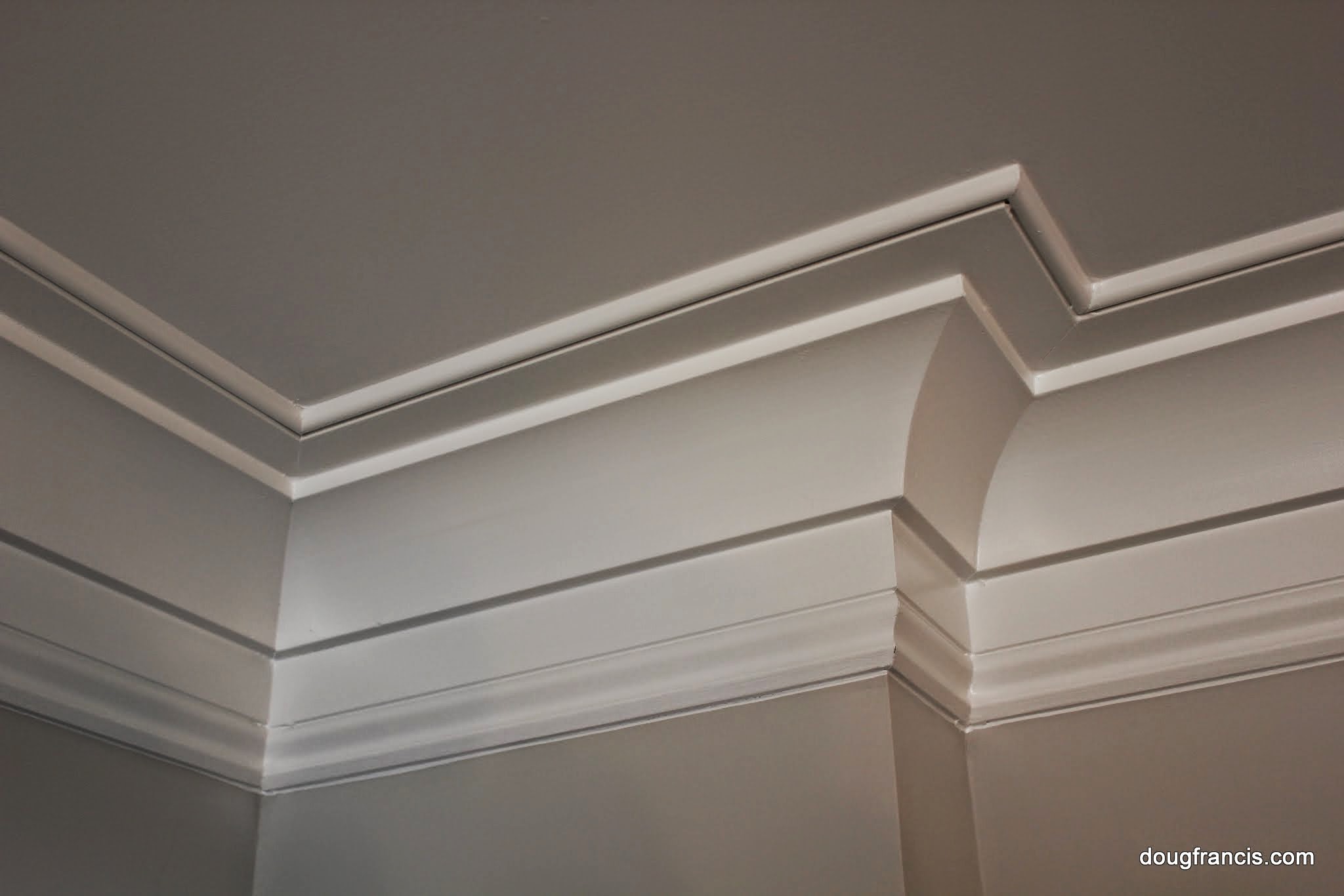


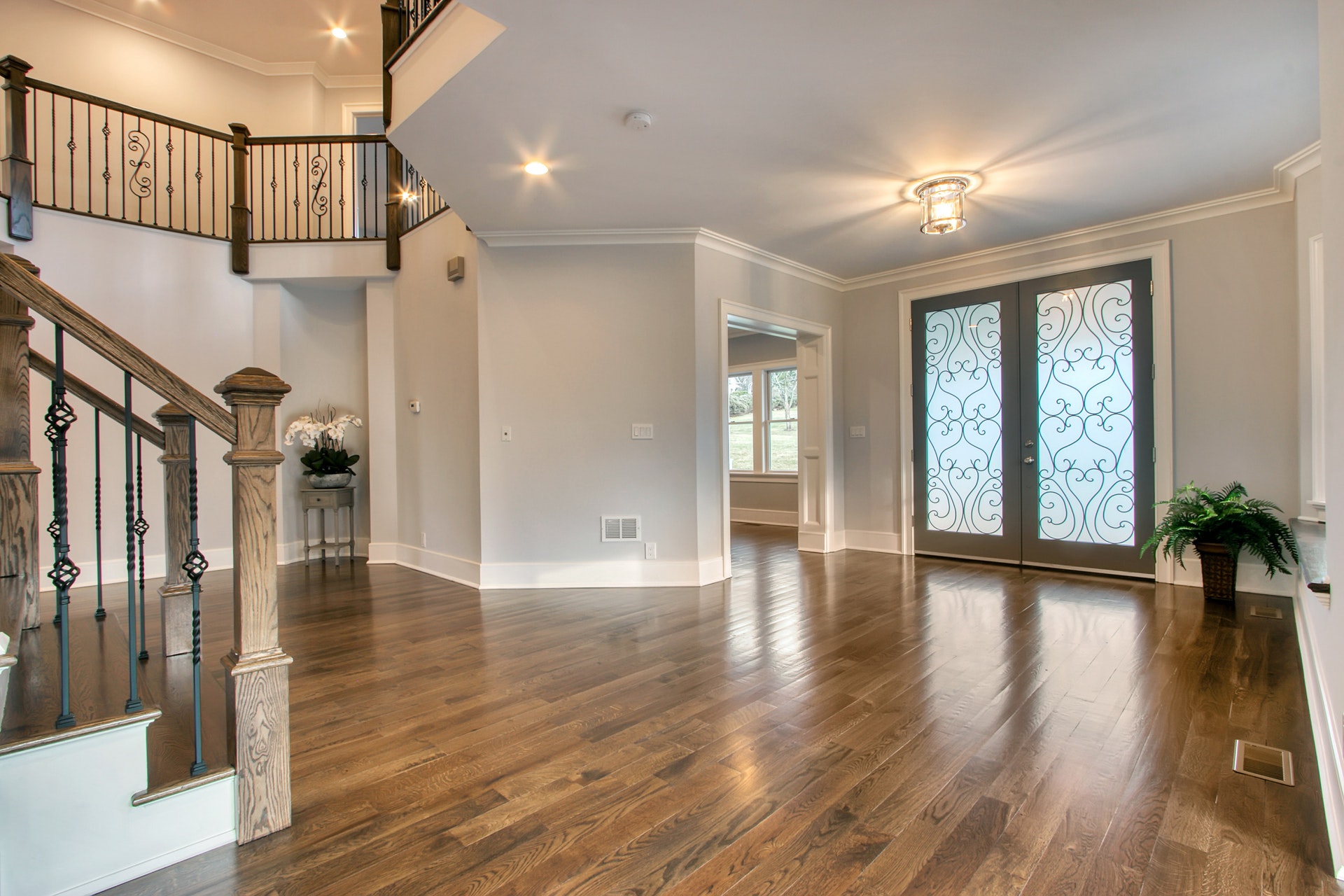
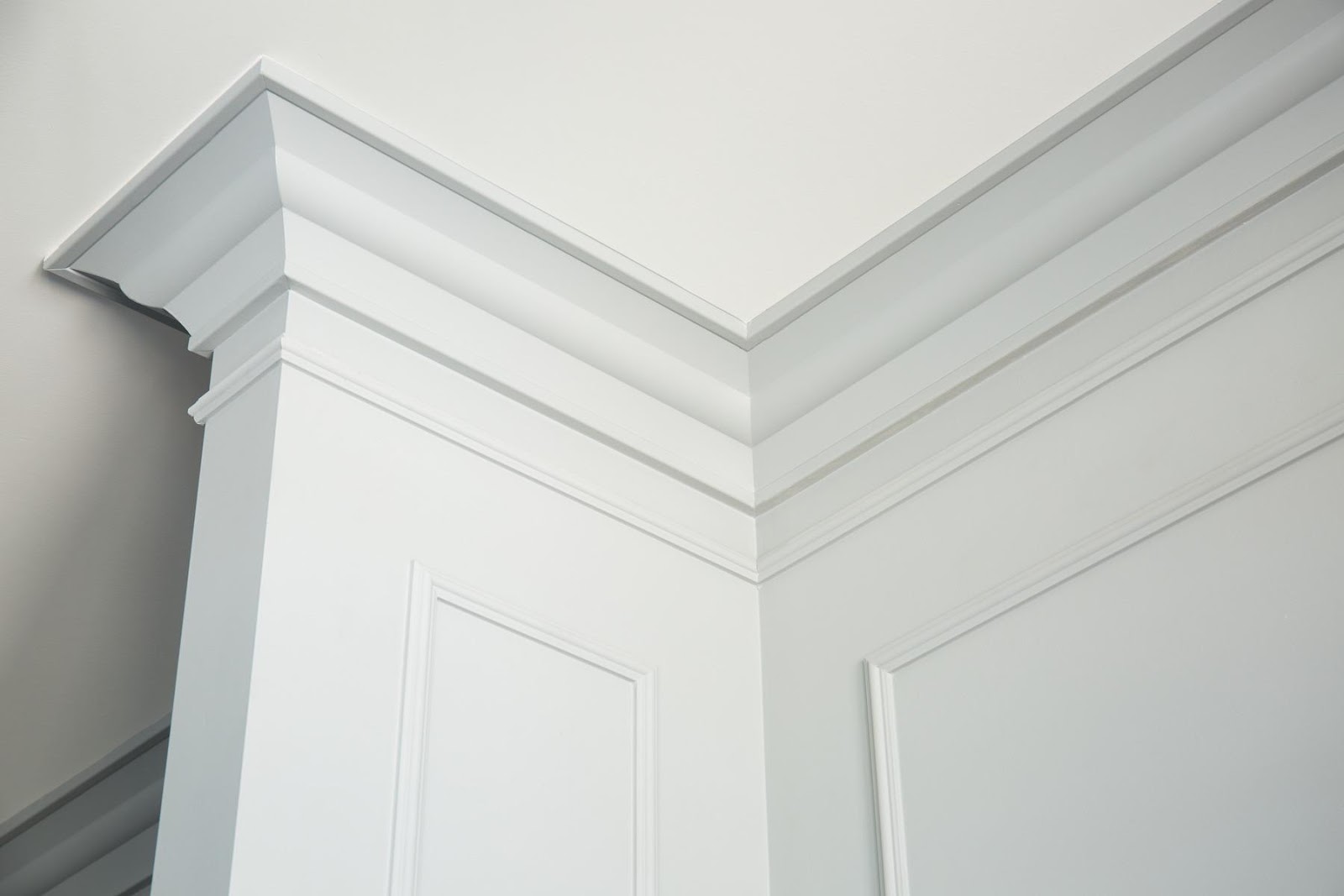

/Diningroomwithcrownmolding-GettyImages-145121522-85951b058d5f406cb48bd96375265b2e.jpg)



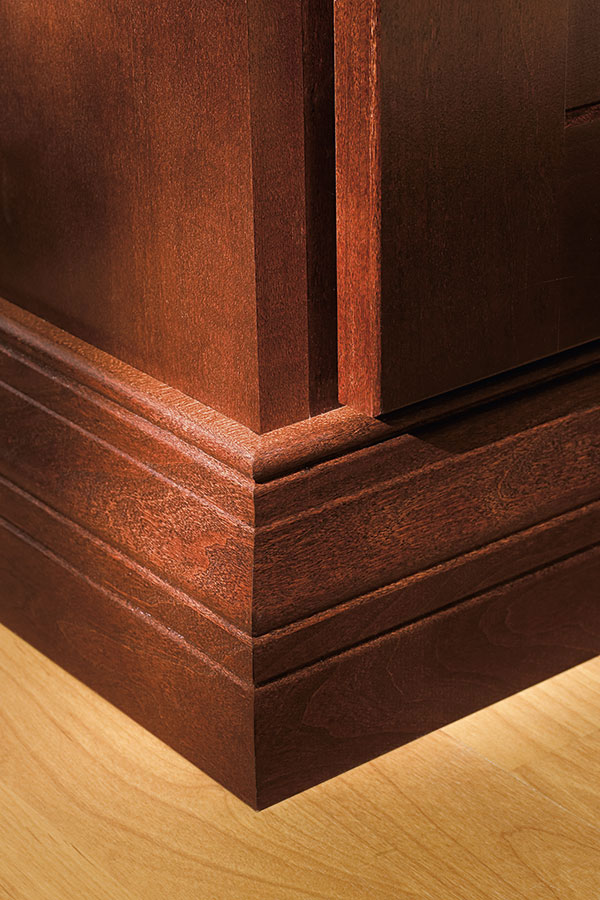
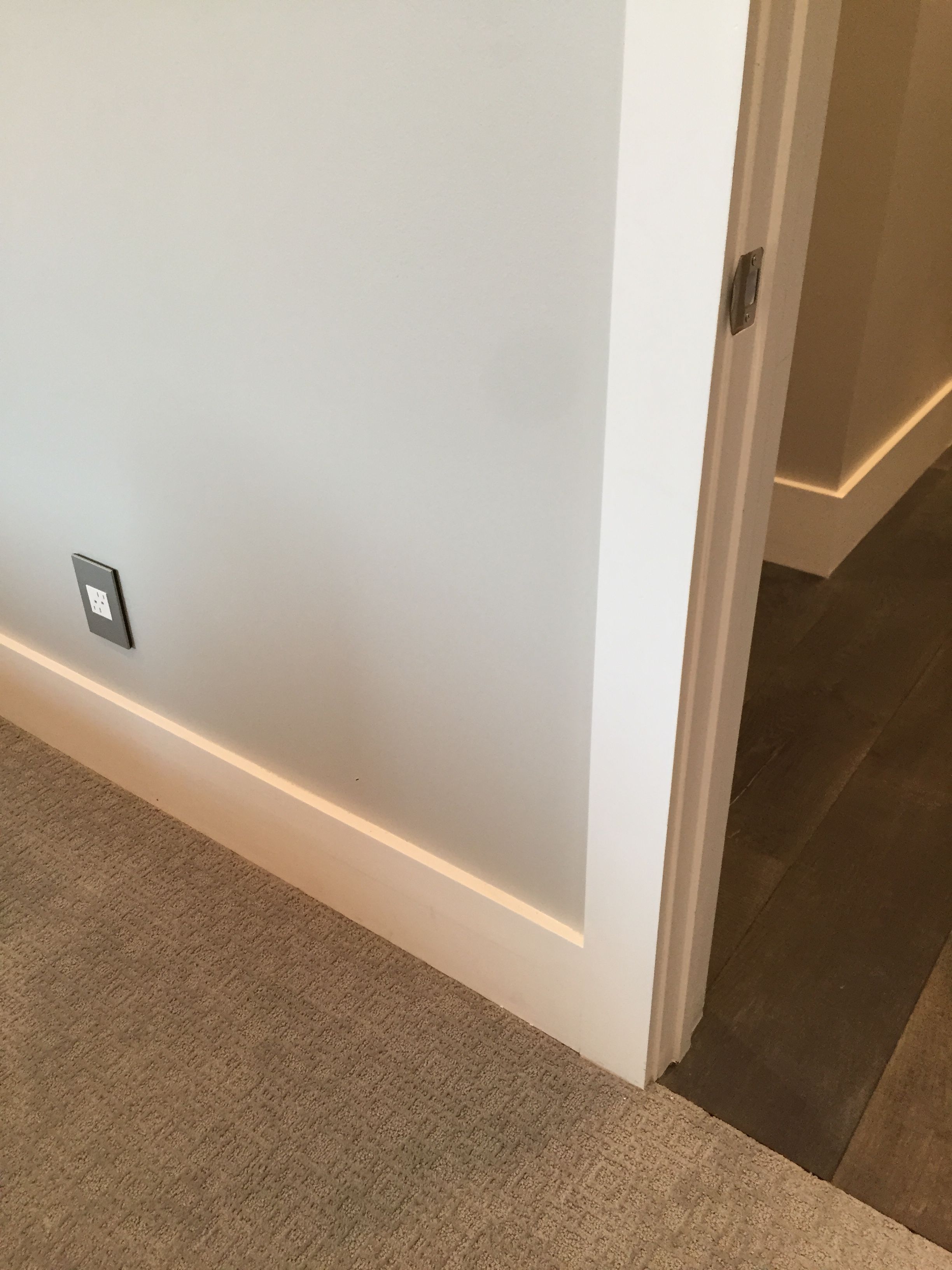
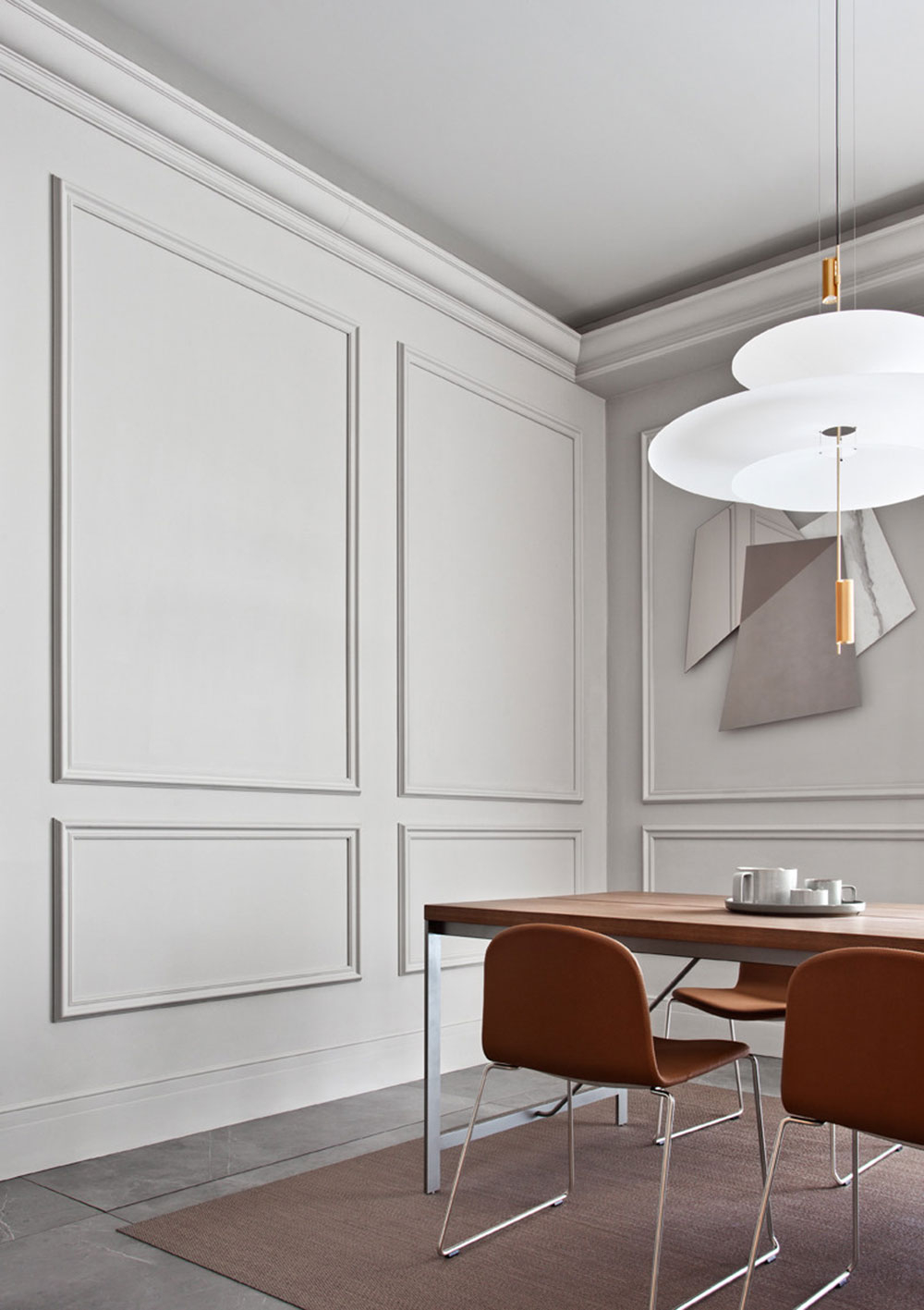
















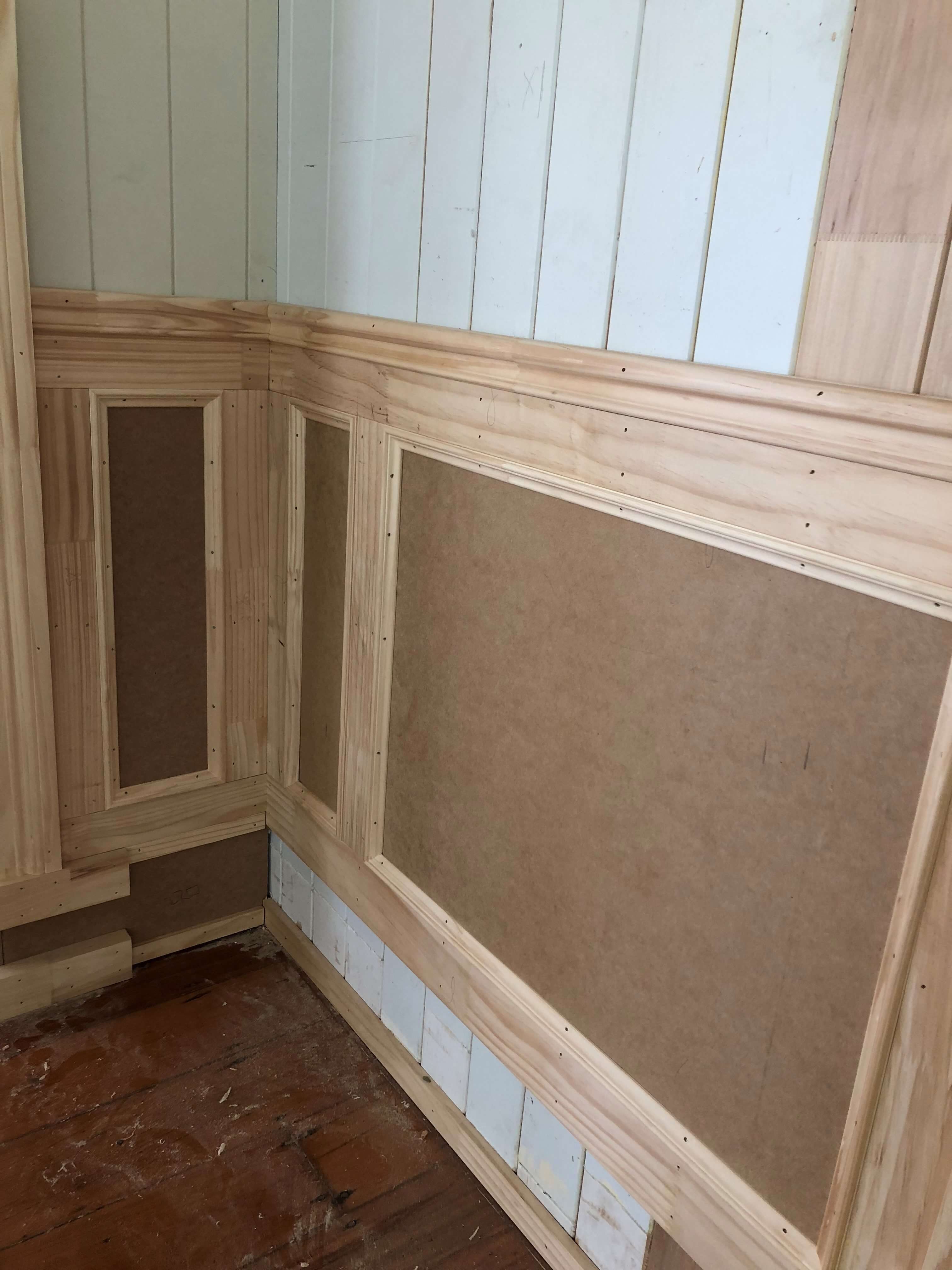






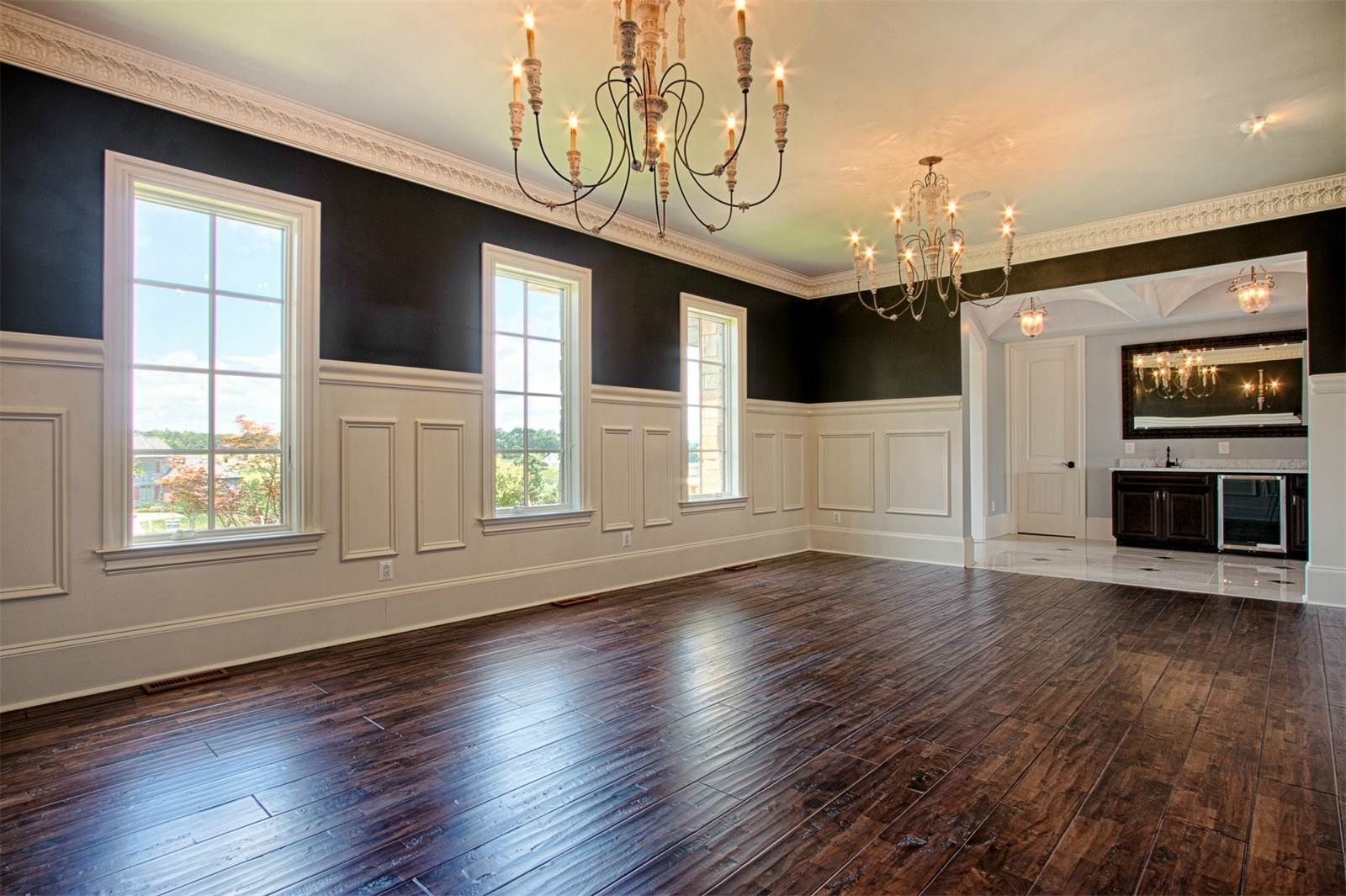
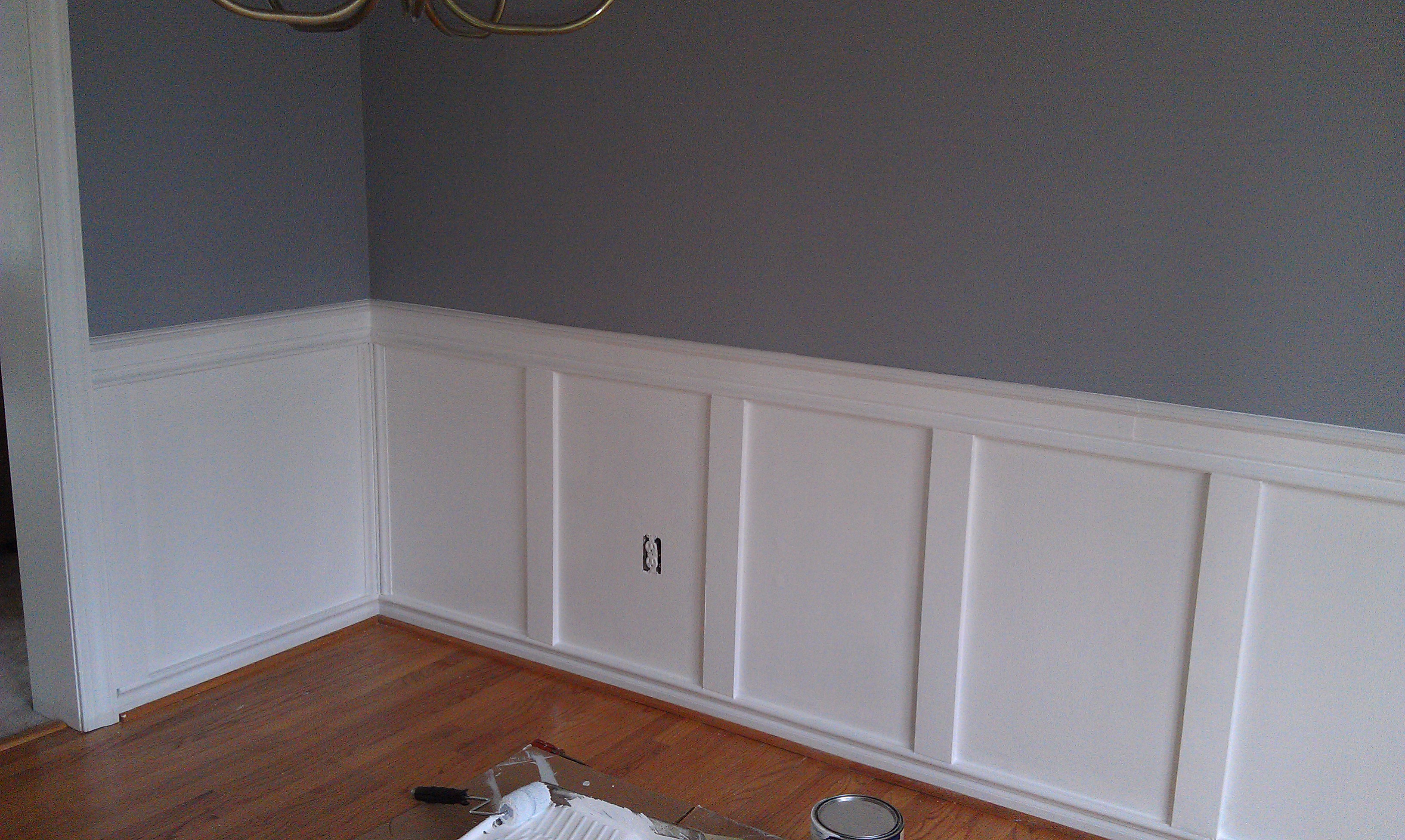


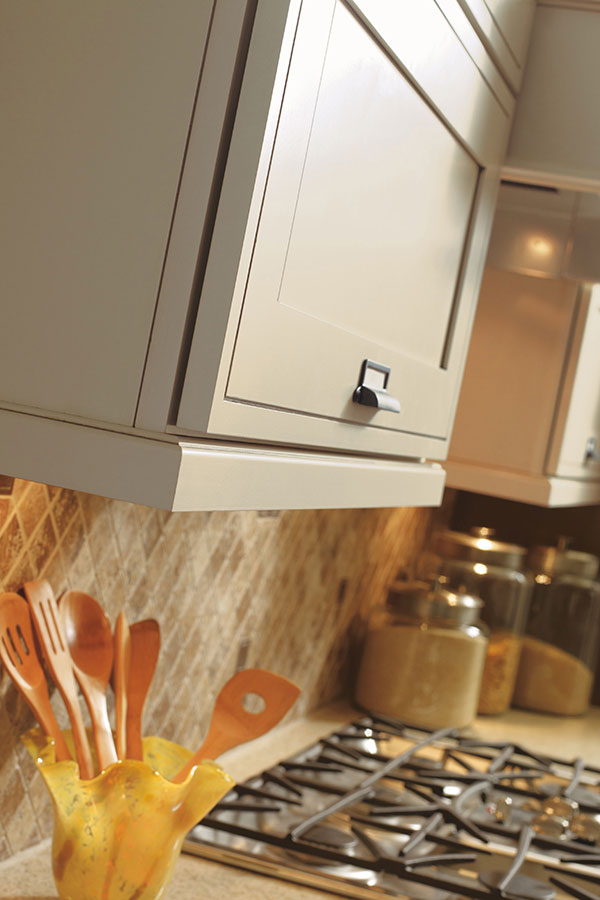
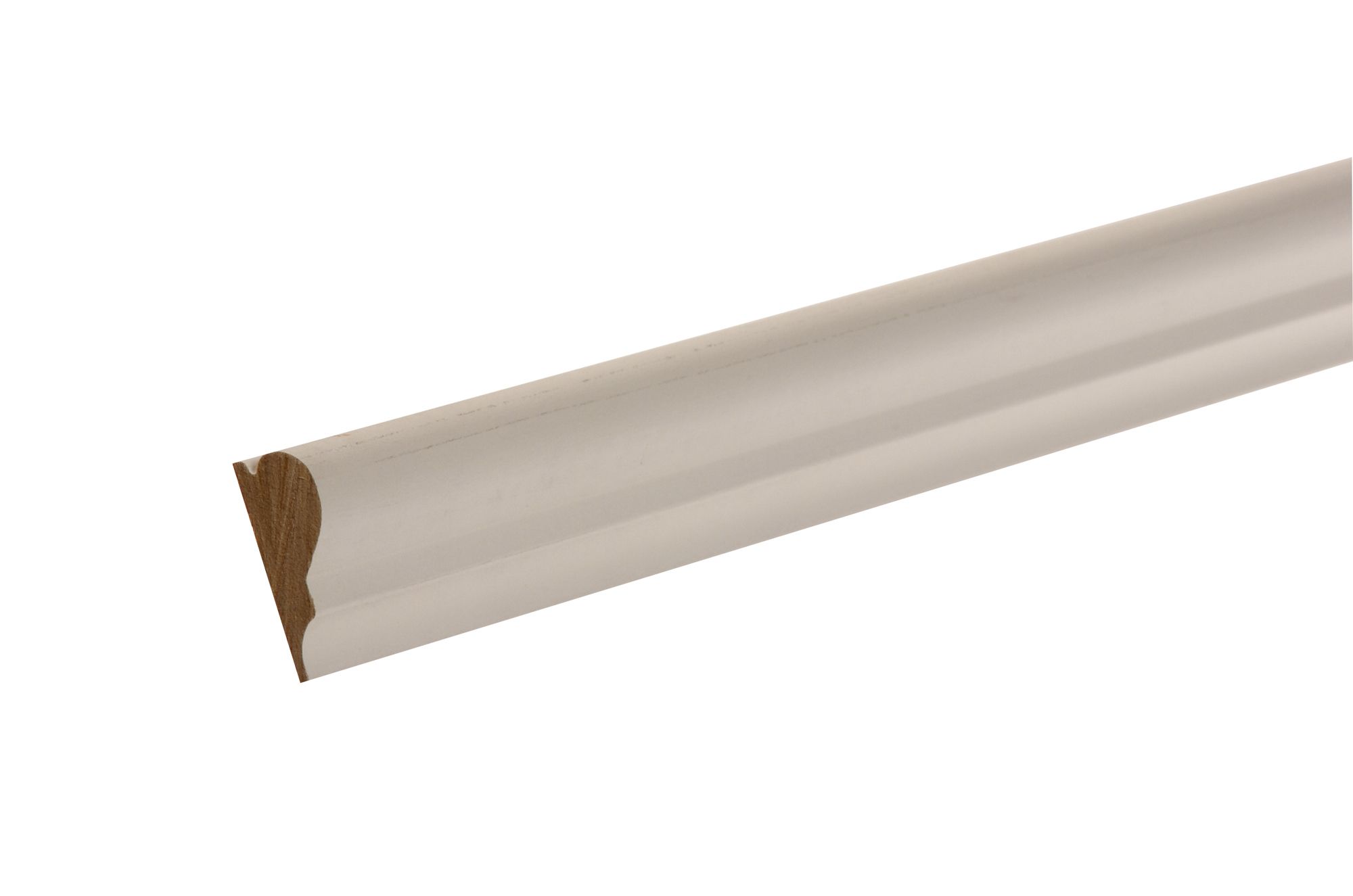


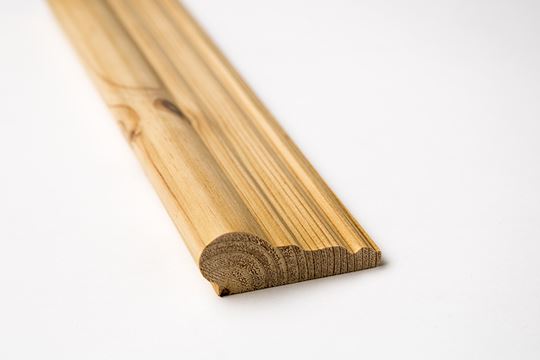

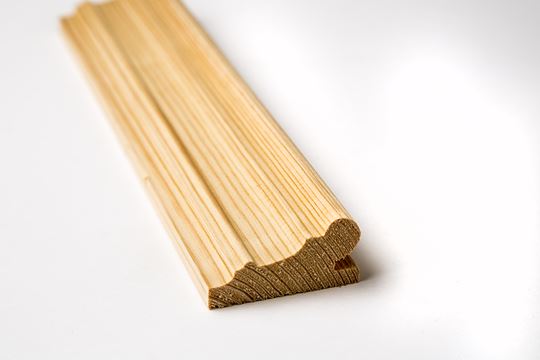










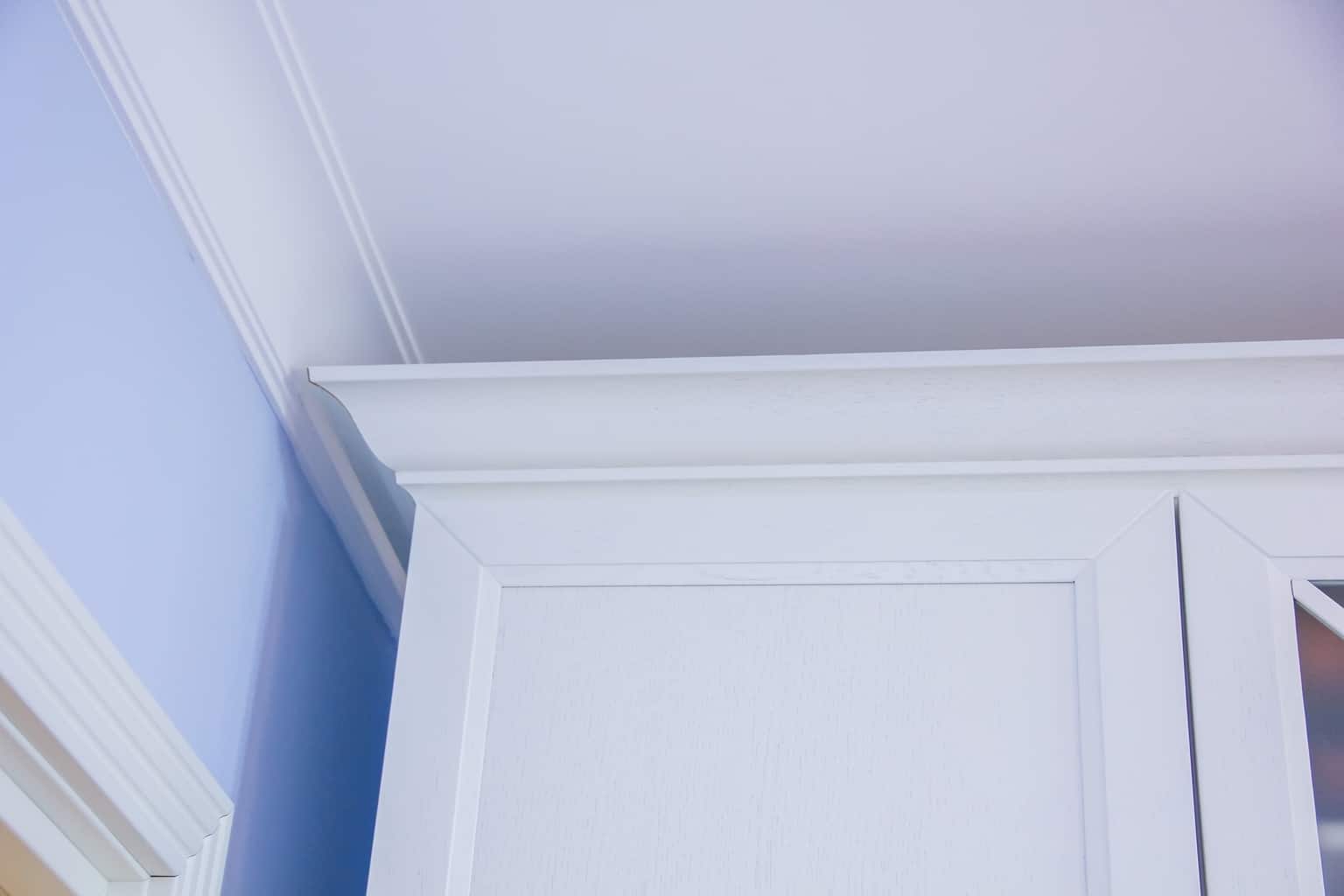






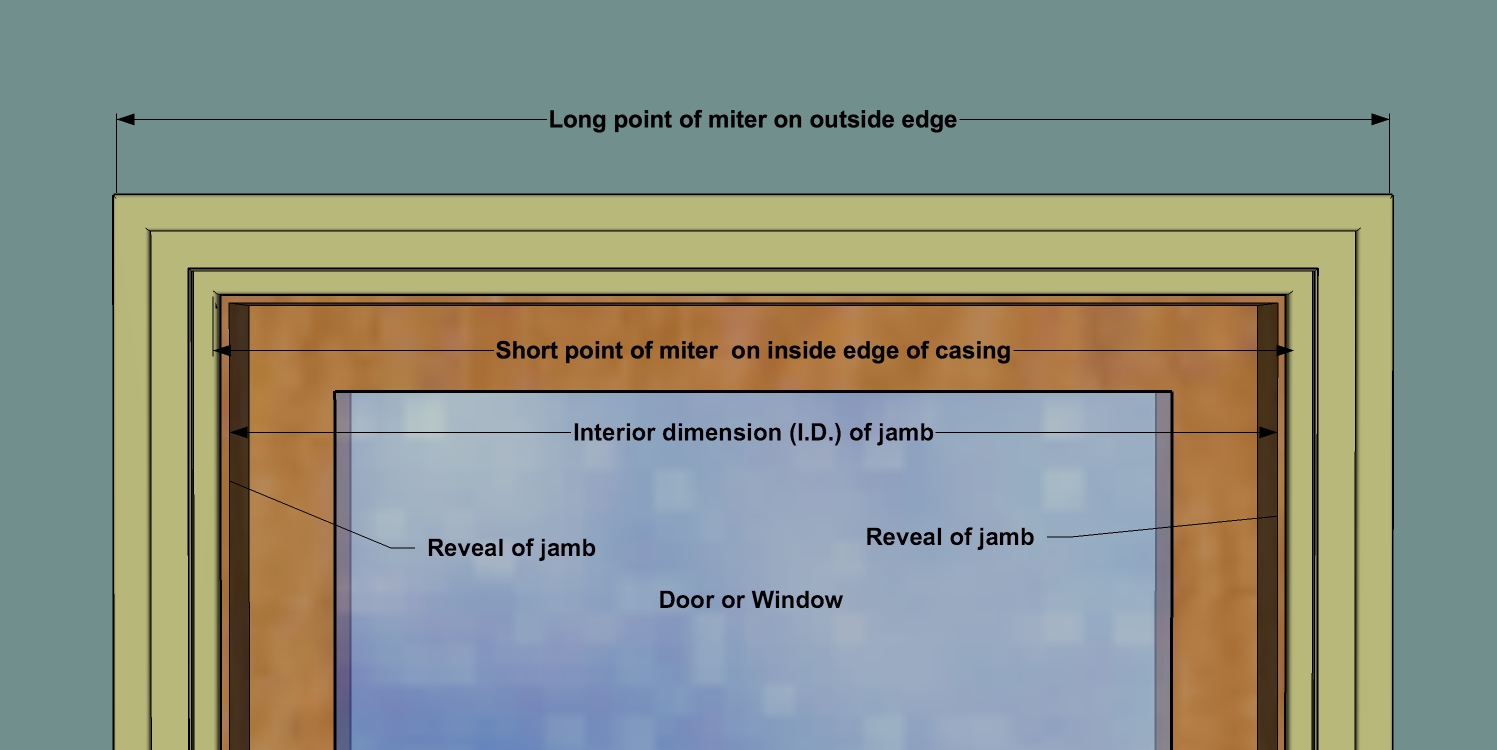







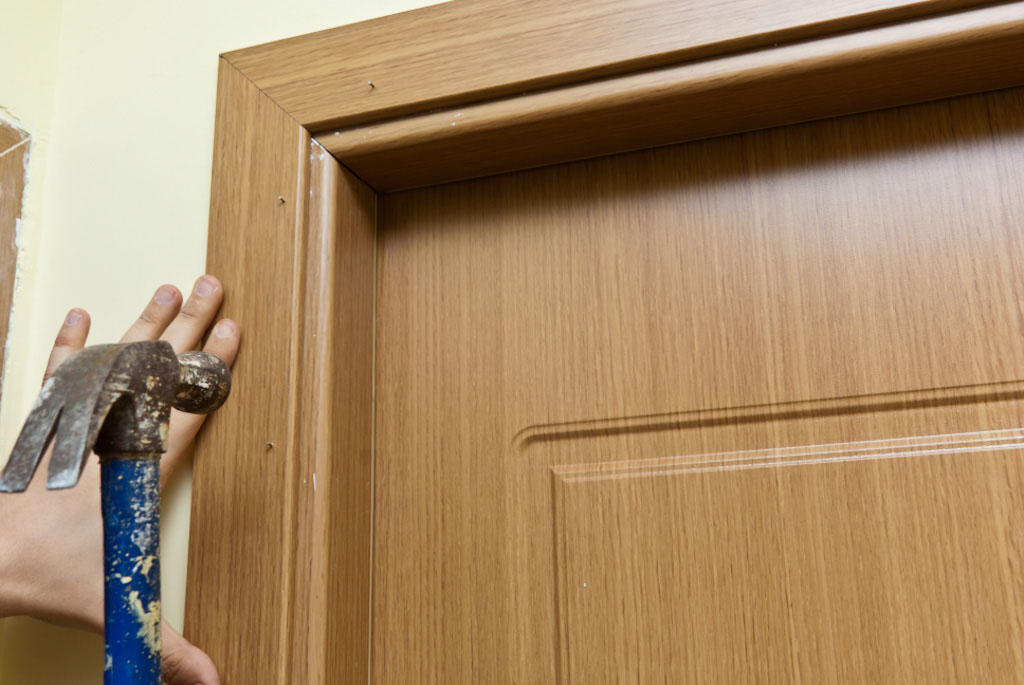


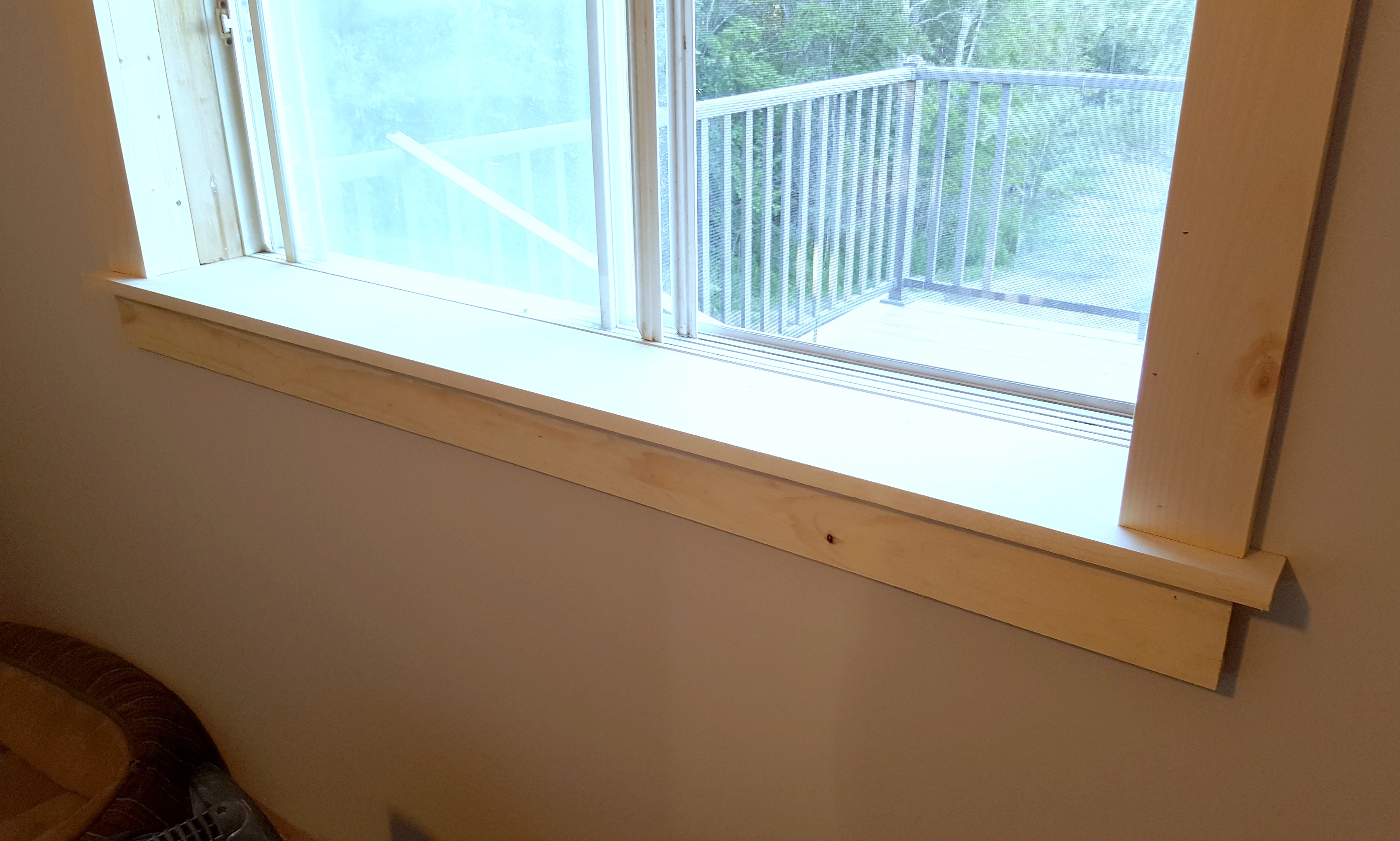





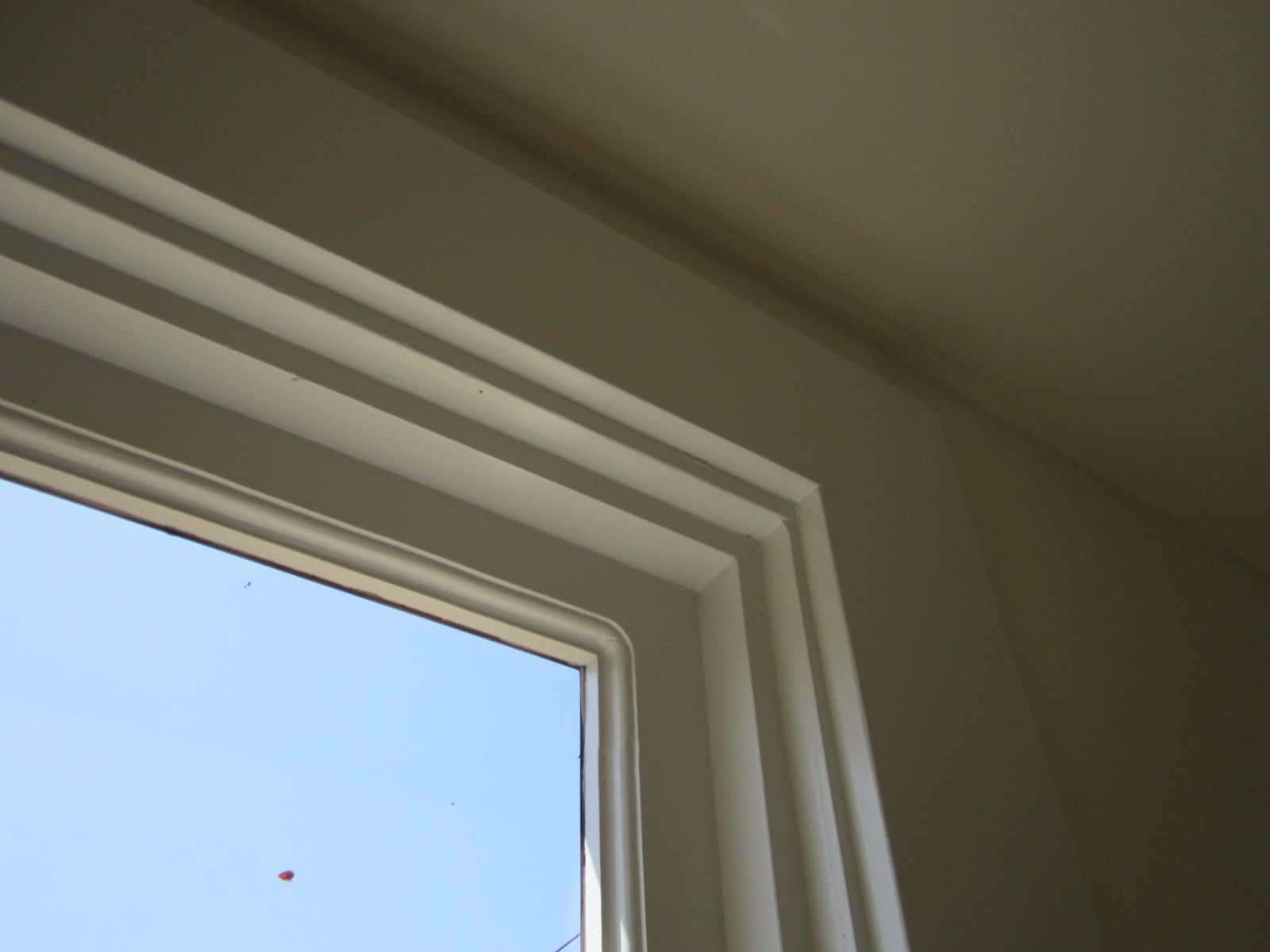

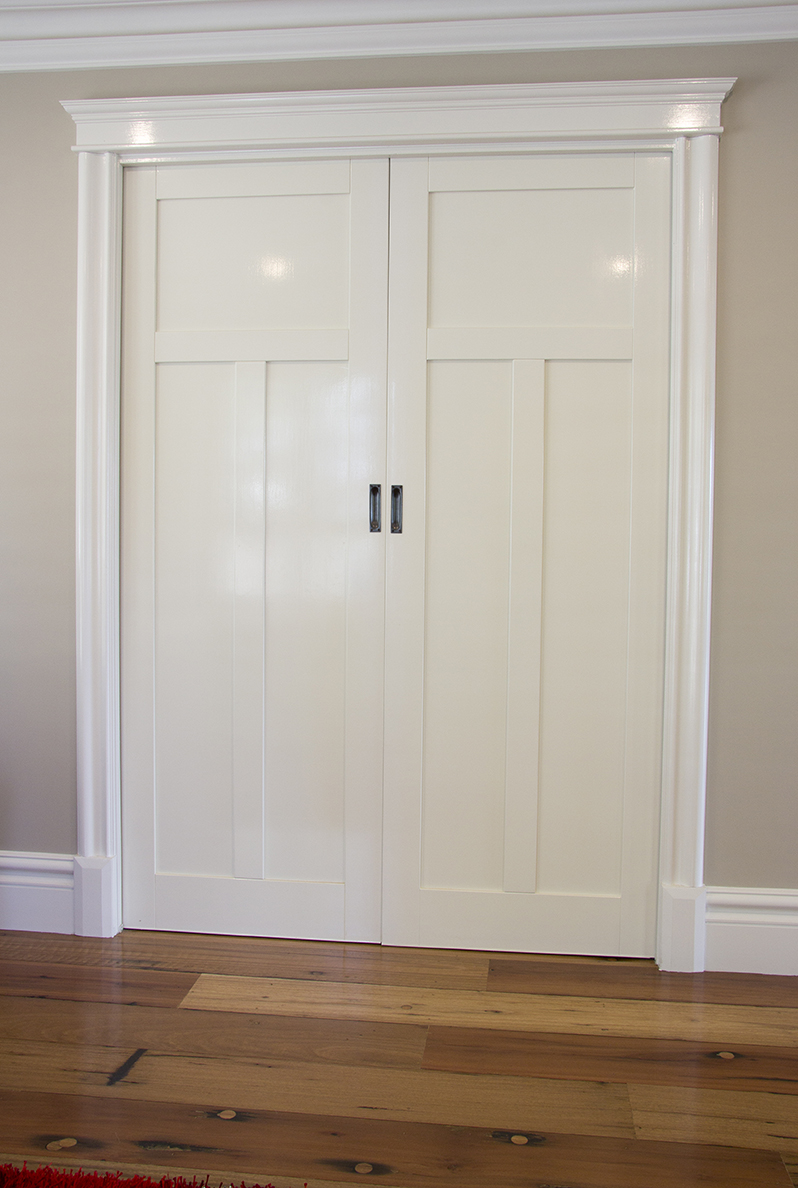


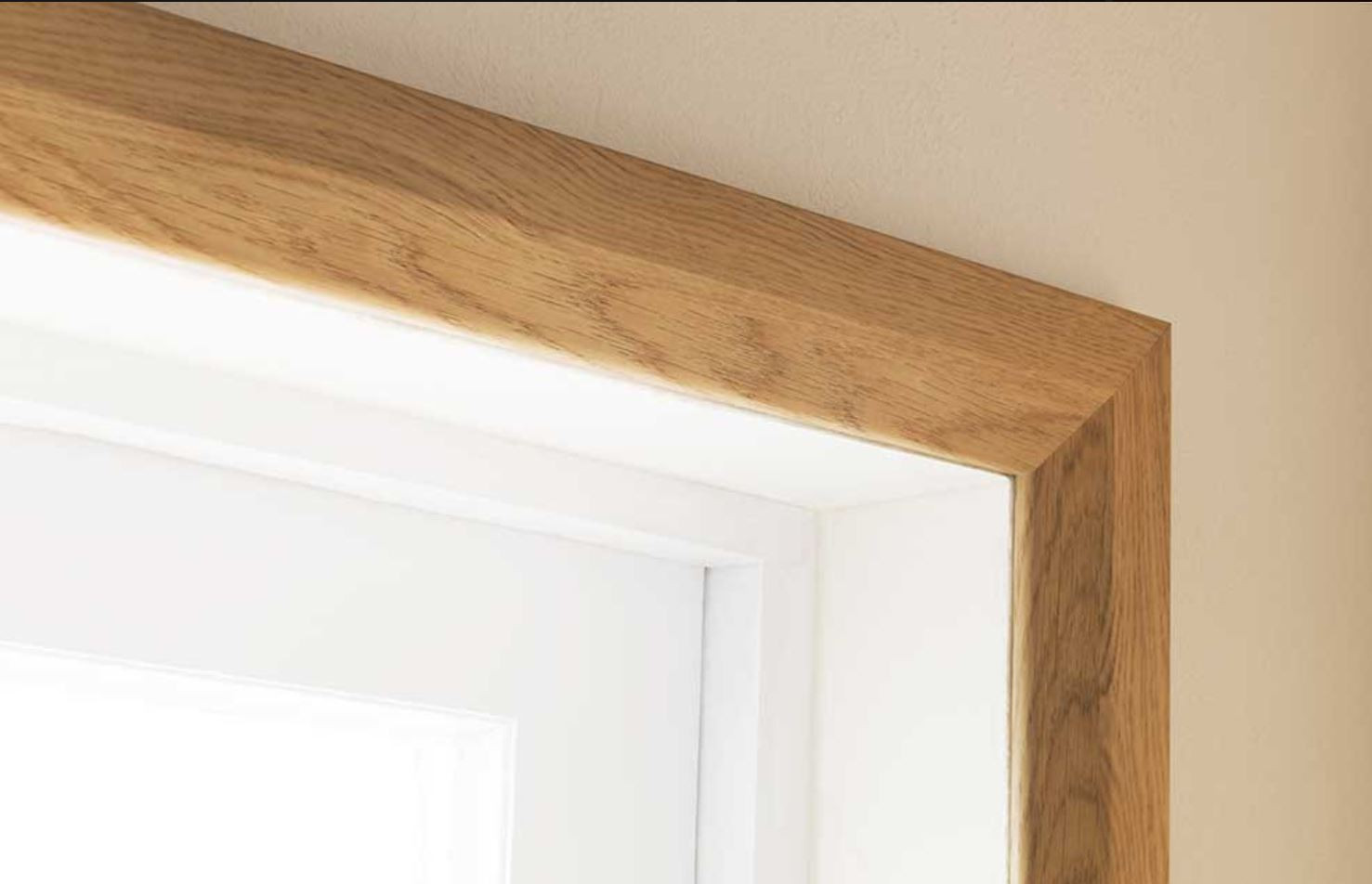

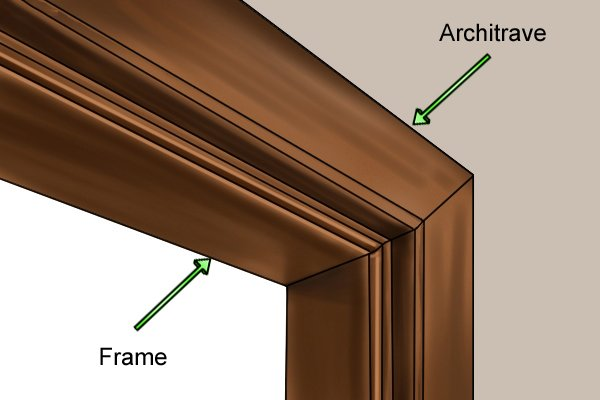


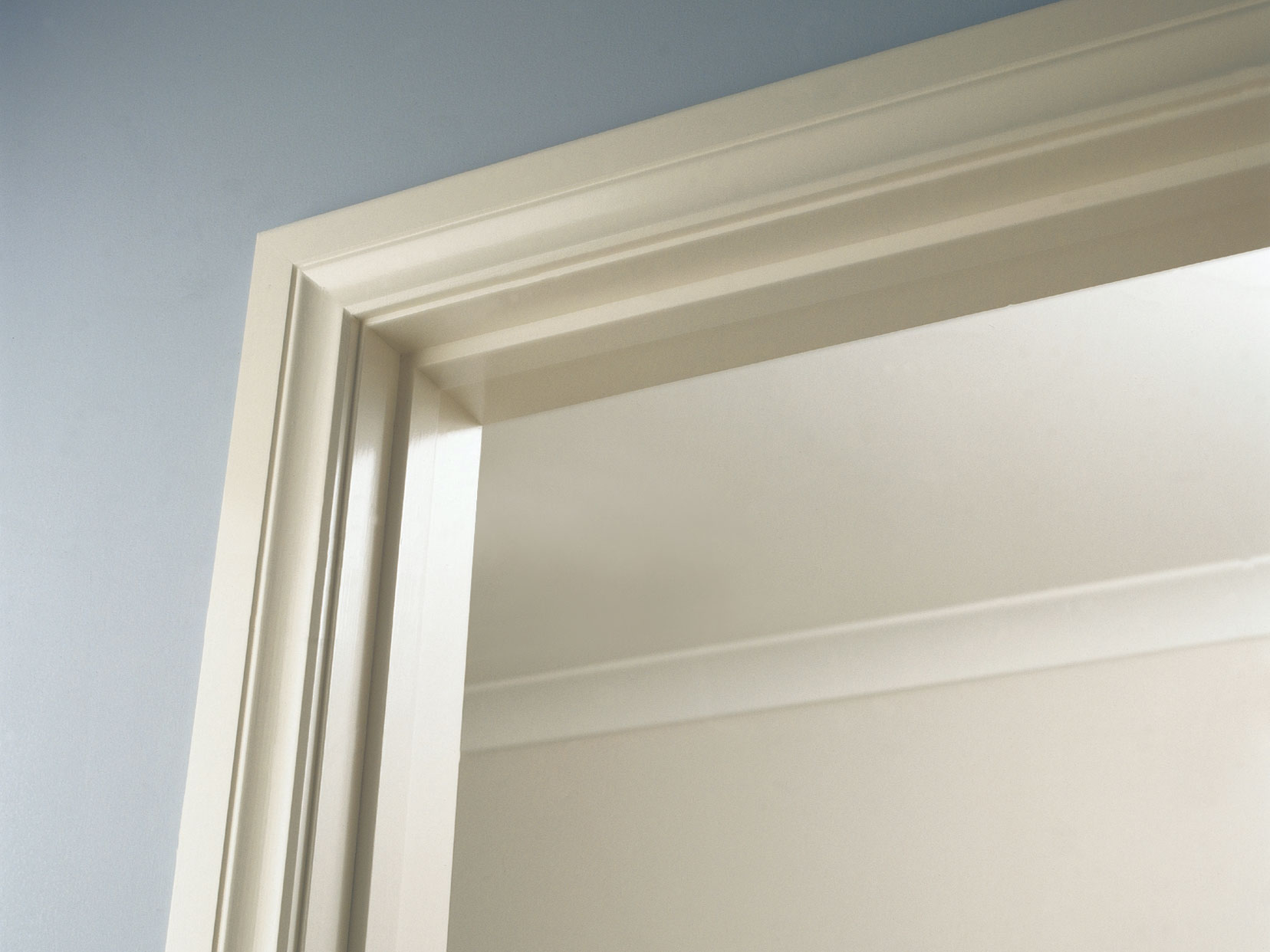
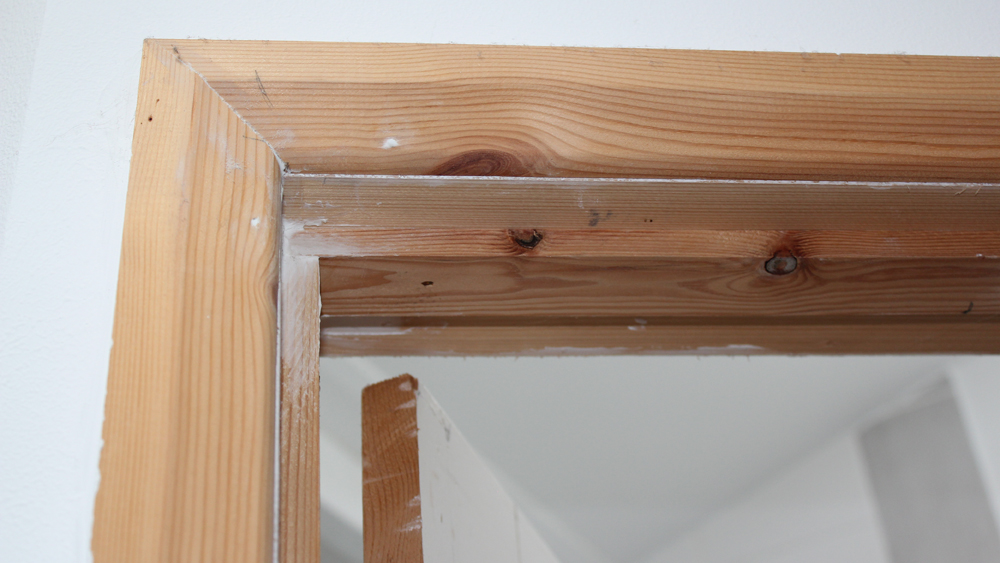






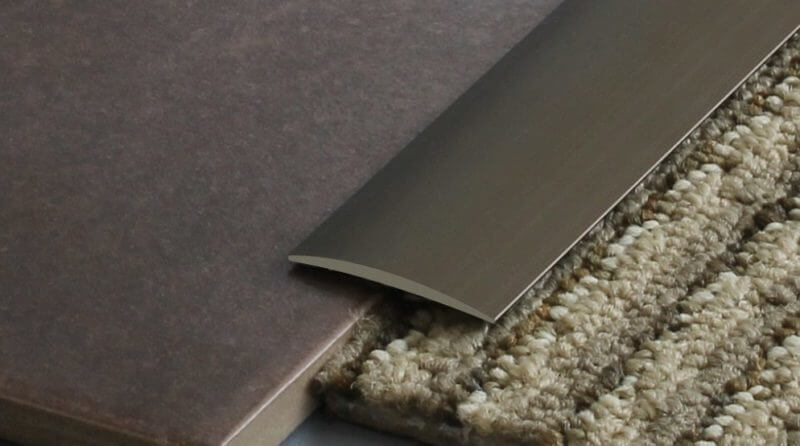
:max_bytes(150000):strip_icc()/guide-to-basic-floor-transition-strips-1821708_03_Tstrip-2b3fdfec2a1b4357bbf998e072927711.jpg)
:max_bytes(150000):strip_icc()/guide-to-basic-floor-transition-strips-1821708_01_carpet_tile_3217-652f11bc2b4d4fce987d67203d4888d2.jpg)
:max_bytes(150000):strip_icc()/guide-to-basic-floor-transition-strips-1821708_02_4in1_3222-6a588d0ec9f14ff7b8181f3dbda5e947.jpg)
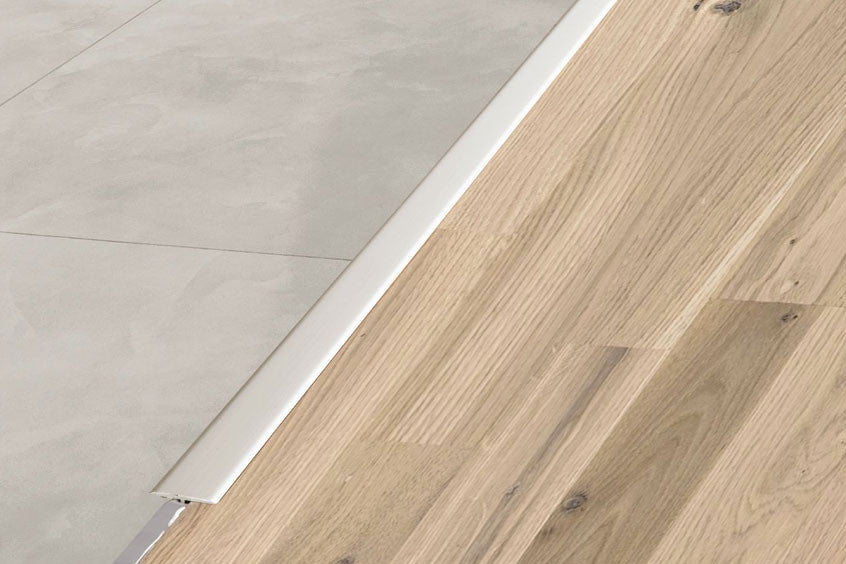
:max_bytes(150000):strip_icc()/guide-to-basic-floor-transition-strips-1821708_04_tile_laminate_3218-108f30e37c3d4a4884c318312dd878ad.jpg)


